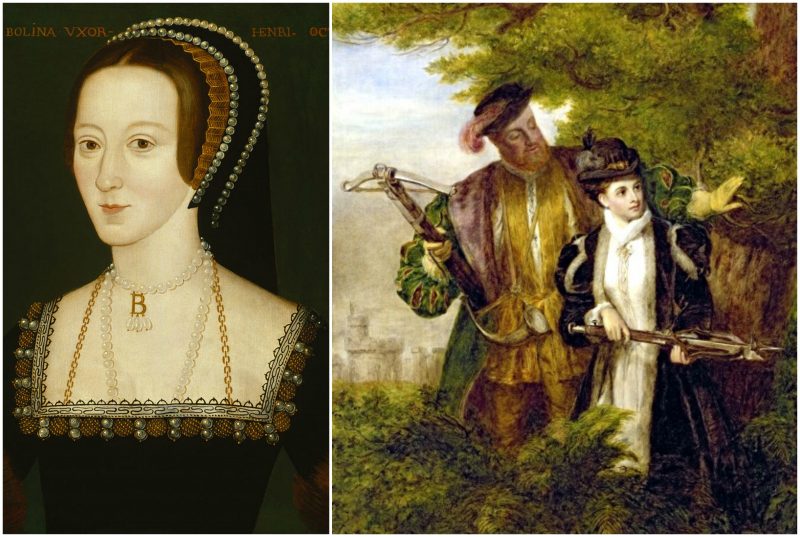King Henry VIII’s second wife did not wish to be bossed around by the court. As one of the more controversial figures of the 16th century, Anne Boleyn, the Marquess of Pembroke, was a true fighter of her own cause.
Although not exactly regarded as a feminist since she predated its formation, Anne’s marriage to King Henry VIII, and her contributing influence on the English Reformation, marked a beginning of a new era for the English monarchy.
To be accused of witchcraft in the 16th century might mean that you stood for worldviews we’d today describe as progressive. Unapologetic in valuing her own ideas, while also refusing to conform to the traditional ways of gender roles, Anne caused a lot of “commotion” in the court of the controversial king.
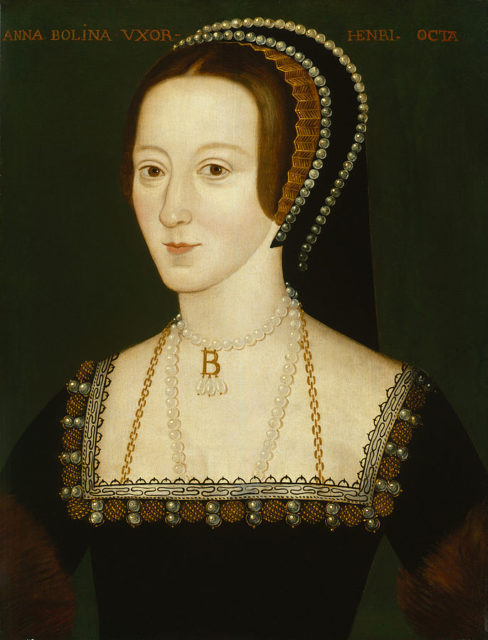
Anne’s temperament and rebellious attitude were the lesser known reasons for her beheading, aside from King Henry’s courtship of Jane Seymour and his desire for an heir. Anne’s constant meddling and no-nonsense disposition during the harsh times of the 16th century ignited a furious public backlash.
The short-tempered second wife of King Henry VIII, Anne famously reigned as the Queen of England from 1533 to 1536. As the daughter of the very cultured and educated Thomas Boleyn, an English diplomat, and Lady Elizabeth Howard, she was practically “eating” books during her childhood in the Netherlands and France.
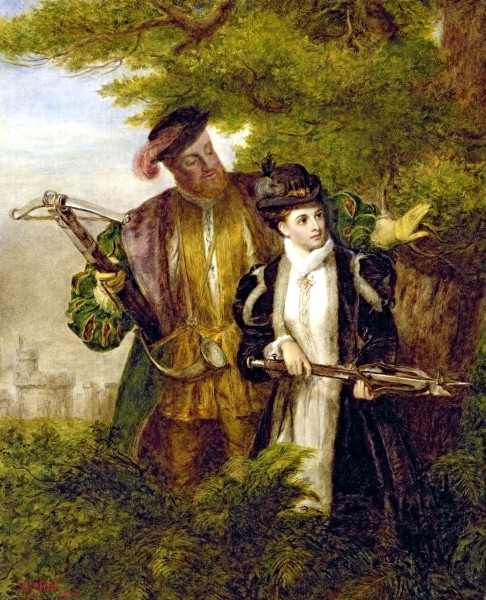
As a teenager, she was sent to the court as a maid of honor of Margaret of Austria, Regent of the Netherlands, and Marguerite of Valois, Duchess of Alençon. Under their strict tutelage, she was exposed to one of the first books about never-before-heard topics like feminist ideals, inequality, and the argument that women should not be excluded from governments, universities, and owning property.
Thanks to the recent invention of the game-changing printing press, it was a lot easier to publish books, and writers like Mario Equicola and Agrippa von Nettesheim were the first to speak up about gender inequality of the 15th and 16th century. Humanist literature greatly influenced the young Anne, and she often clashed with all sorts of authority; and since she came from a noble family, she had the power to do so.
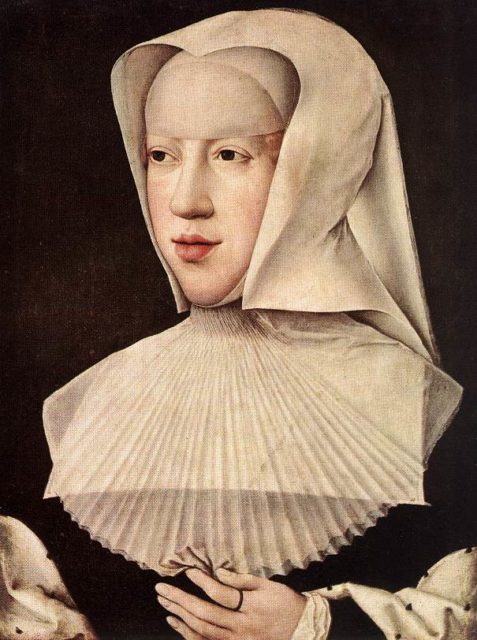
Judging by her apparently short-fused temperament, Anne Boleyn was not your everyday Queen like the ones before her. She showed little compliance or obedience.
She was an avid supporter of the Protestant Church and of the availability of the Bible for common folk. This was highly controversial, as the Church found the very mention of “religious reformation” punishable.
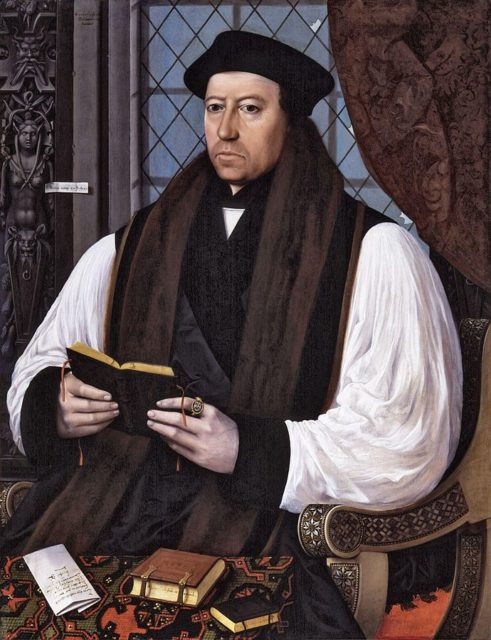
The story goes that she resisted the king’s charms, and refusing to participate in his games (in contrast to her sister, Mary), she soon became the object of Henry’s insatiable lust. The determined Henry went so far as to try to have his marriage to Queen Catherine annulled in order to marry Anne.
The moment when Pope Clement VII declared that he would not annul the marriage to Catherine, the Catholic Church began to lose its power in England. Anne was granted the title of Marquess of Pembroke in 1532, by the word of Henry himself.
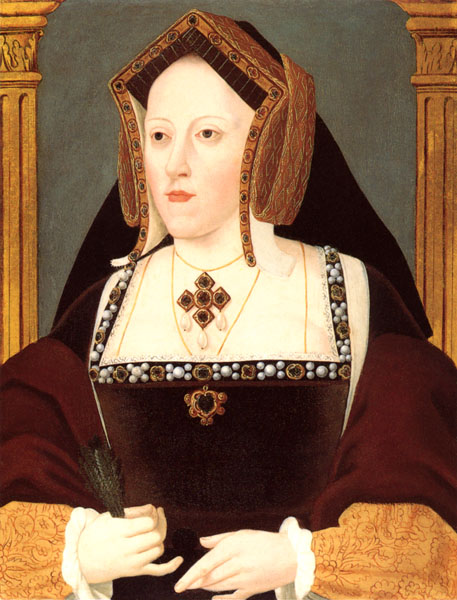
Anne was basically standing at the forefront of the English Reformation. Her biggest obstacle in garnering positive public relations was Catherine of Aragon, who was popular and a pious Catholic devotee, as well as her daughter, Mary. The Catholic folk did not favor Anne, calling her a witch and a heretic who was using King Henry as a mere puppet for her own blasphemous plans.
When Catherine passed away in 1536, many rumors were spread that Anne had poisoned Catherine, since she was so publically happy with the outcome.
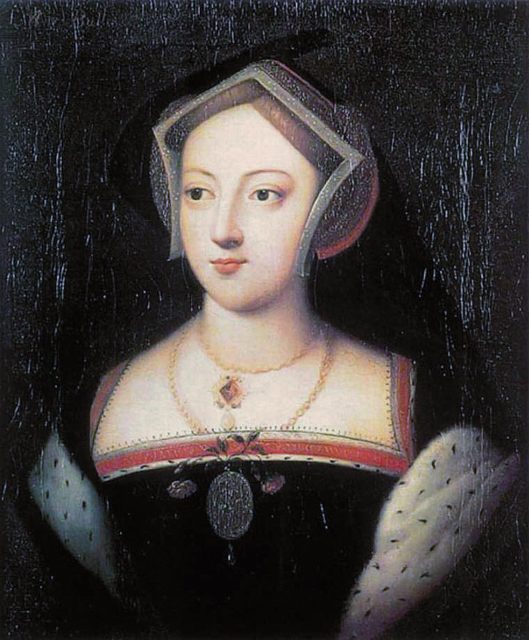
By that time, since Anne had not borne a son, Henry had all the more reason to get rid of Anne, and so taking advantage of the general suspicious feelings toward the Queen, the king’s chief minister, the infamous Thomas Cromwell, managed to look into the matter himself. He gathered evidence against the strong-willed Anne Boleyn and eventually brought her to trial, accusing her of adultery and high treason.
Anne was a queen whose traits were not of the docile type. She wholeheartedly acknowledged her jealousy but, nevertheless, she stood firm about her political and sociological viewpoints, which were respected by Henry and a small number of the court’s key figures. She defended herself well at her trial. Despite all of this, Anne was found guilty of adultery, incest, and high treason, and was decapitated.
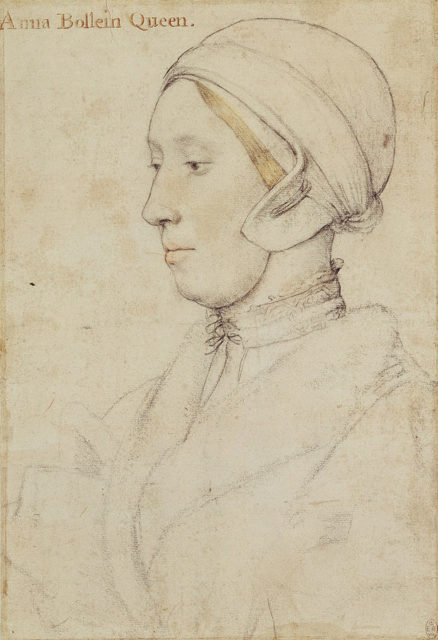
After the coronation of her daughter, Elizabeth I, Anne was hailed as a true martyr for freedom and a champion of the English Reformation. Throughout the ages, thinkers and historians would acknowledge her contribution and her unconventional ideologies, inspiring many others who share the same opinions.
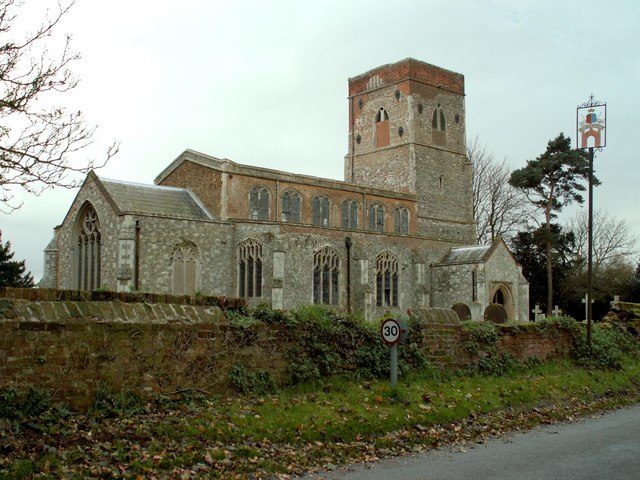
Called “the most influential and important queen consort England has ever had,” she was the reason Henry VIII declared his independence from the Holy See and sought his “divorce” from Catherine. Sadly, in the end, her miscarriages, alleged misconduct, and misunderstood intentions got her killed.
Anne defied any convention, stubbornly trying to cut herself loose of any restraints; feminism might well have been a concept she would have understood.
